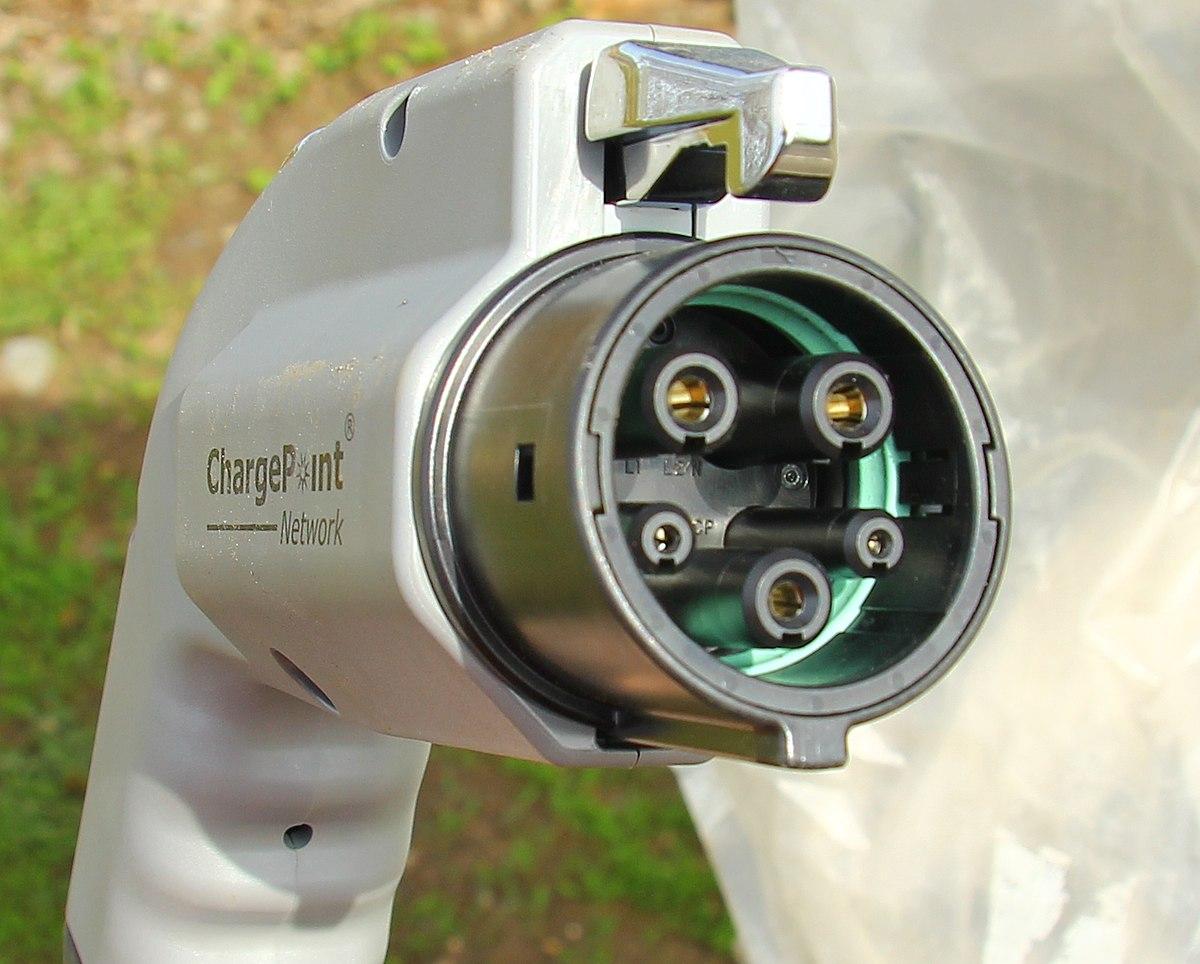A Complete Guide to Electric Car Charger Installation

As more people adopt electric vehicles (EVs), the demand for reliable and accessible charging solutions increases. Installing an EVcharger at home provides a convenient way to keep your vehicle fully charged and ready to go. This guide walks you through selecting and installing a portable or wall-mounted EV charger, focusing on the specific requirements in Dubai.
Understanding EV Charging Levels
EV chargers are categorized into three levels:
• Level 1: You connect this charger to a standard 120V household outlet, and it typically adds 3–5 kilometers (2–3 miles) of range per hour. While it’s ideal for overnight charging, it charges slower than the other levels.
• Level 2 (DC Fast Charging): This charger provides rapid charging but requires specialized equipment.
Step 1: Assess Your Home’s Electrical System
Before installing an EV charger, assess whether your home's electrical system can handle the increased demand.
• Panel Capacity: Confirm that your electrical panel can handle the additional load. If you install a Level 2 charger, you may need to upgrade to a 60–100 amp electrical panel.
• Circuit Availability: Verify if space is available for an additional circuit breaker dedicated to the EV charger.
• Wiring and Outlets: Check if the existing wiring can support the charger or if upgrades are necessary
Step 2: Choose the Right EV Charger
Selecting the appropriate charger is crucial:
- Compatibility: Make sure the charger is suitable for your specific EV model and connector type. The majority of EVs use the SAE J1772 connector, although some models may require additional adapters.
- Charging Speed: Consider the charger's power output. Higher amperage chargers (e.g., 32A) charge faster but may require panel upgrades.
- Smart Features: Some chargers offer Wi-Fi connectivity, allowing you to schedule charging times, monitor energy usage, and integrate with smart home systems.
- Portability: Portable chargers are versatile and can be used at different locations, but they may charge slower than wall-mounted units.
Step 3: Obtain Necessary Permits
In India, the installation of an EVcharger may require approval from local authorities:
- Electrical Inspectorate: A safety inspection might be required to confirm that the installation meets all relevant standards.
- Documentation: Prepare documents such as your EV's registration, proof of residence, and electrical panel specifications
Step 4: Hire a Licensed Electrician
Hire a certified electrician with experience in installing EV chargers:
- Assessment: The electrician will evaluate your home's electrical system and determine the necessary upgrades.
- Installation: They will install the charger, ensuring all wiring is safely connected and complies with local codes.
- Inspection: Once the installation is complete, the electrician will test the system to verify it’s working correctly.
Step 5: Install the EV Charger
The installation process involves:
- Location Selection: Choose a location near your parking area, ensuring the charger is within reach of your vehicle's charging port.
- Mounting: For wall-mounted chargers, ensure the wall is sturdy and can support the charger's weight.
- Weather Protection: If installing outdoors, use weatherproof enclosures to protect the charger from environmental elements.
- Connection: Connect the charger to the dedicated circuit, ensuring all connections are secure and insulated.
Step 6: Test the System
After installation:
- Power On: Switch on the power supply to the newly installed circuit.
- Functionality Check: Test the charger by plugging in your EV and monitoring the charging process.
- Safety Verification: Ensure there are no overheating issues, tripped breakers, or error messages.
Step 7: Utilize Smart Features
If your charger has smart capabilities:
- Scheduling: Schedule charging during off-peak hours to benefit from reduced electricity rates.
- Monitoring: Use the charger's app or interface to track energy consumption and charging history.
- Integration: Connect the charger to your home automation system for more convenient and centralized control.
Conclusion
Installing an EV charger at home in Dubai is a feasible and beneficial investment for EV owners. By carefully assessing your home's electrical system, selecting the appropriate charger, obtaining necessary approvals, and hiring a licensed electrician, you can ensure a safe and efficient charging setup. Embracing this technology not only supports your EV usage but also contributes to a sustainable future.
- Art
- Causes
- Crafts
- Dance
- Drinks
- Film
- Fitness
- Food
- Games
- Gardening
- Health
- Home
- Literature
- Music
- Networking
- Other
- Party
- Religion
- Shopping
- Sports
- Theater
- Wellness


